The Crucifix stands in front of the Icon of the Holy Trinity, symbolizing that it is Jesus Himself who reveals the nature of the Godhead, the mystery of the Trinity, and it is through the Lord Jesus that we come to the Father, in the Spirit. The Icon of Christ the Teacher in front of the Crucifix shows that through the Cross, Christ has taught us of the great love of the Father for His children and of His own great love for us, laying down His life for His friends.
I'm also leaving you with an article on the signum crucis, the sign of the cross. Many of us make this sign, invoking the Name of God, the Father, the Son and the Holy Spirit, the Blessed Trinity but do we take the time to understand it's symbolism? Do we know what we are doing and Whose Name we are invoking?
The Sign of the Cross
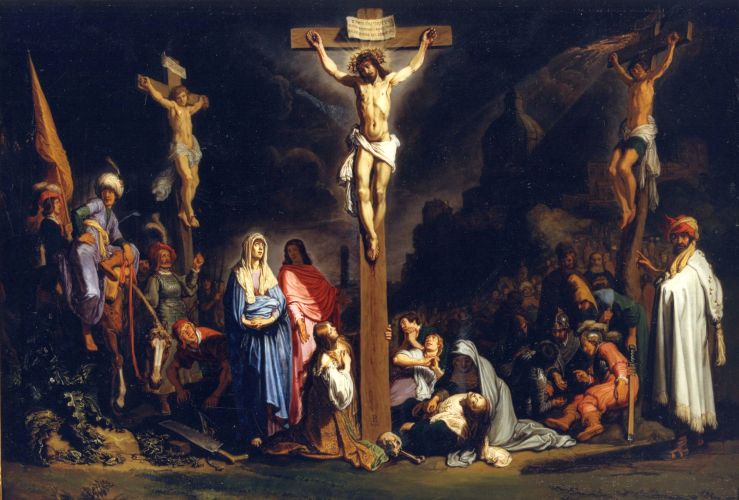
"Let us not then be ashamed to confess the Crucified. Be the Cross our seal made with boldness by our fingers on our brow and in everything; over the bread we eat, and the cups we drink; in our comings in, and goings out; before our sleep, when we lie down and when we awake; when we are in the way and when we are still. Great is that preservative; it is without price, for the poor's sake; without toil, for the sick, since also its grace is from God. It is the Sign of the faithful, and the dread of evils; for He has triumphed over them in it, having made a shew of them openly; for when they see the Cross, they are reminded of the Crucified; they are afraid of Him, Who hath bruised the heads of the dragon. Despise not the Seal, because of the freeness of the Gift; but for this rather honor thy Benefactor." |
Self-described "Torah-true Jews" to this day wear tefillin ("phylacteries") on their foreheads and arms as a sign of their identity and devotion. This practice stems from Deuteronomy 6:4-8: Hear, O Israel, the Lord our God is one Lord. Thou shalt love the Lord thy God with thy whole heart, and with thy whole soul, and with thy whole strength. And these words which I command thee this day, shall be in thy heart: And thou shalt tell them to thy children, and thou shalt meditate upon them sitting in thy house, and walking on thy journey, sleeping and rising. And thou shalt bind them as a sign on thy hand, and they shall be and shall move between thy eyes. Compare those words with the words of St. Cyril, Bishop of Jerusalem (d. A.D. 386) Let us, therefore, not be ashamed of the Cross of Christ; but though another hide it, do thou openly seal it upon thy forehead, that the devils may behold the royal sign and flee trembling far away. Make then this sign at eating and drinking, at sitting, at lying down, at rising up, at speaking, at walking: in a word, at every act. God speaking, through Ezechiel, to the remnant of Israel (and don't forget that the Church is "Israel"!), tells the faithful: And the Lord said to him: Go through the midst of the city, through the midst of Jerusalem: and mark Thau upon the foreheads of the men that sigh, and mourn for all the abominations that are committed in the midst thereof. (Ezechiel 9:4)
The Catholic Sign of the Cross is absolutely ancient, rooted not only in the Old Testament but the New (Apocalypse speaks of those who have the sign of God in their foreheads -- and those who have the sign of the Beast in their foreheads). When Catholics undergo the Sacrament of Confirmation, the Bishop (or sometimes a priest) seals the sign on our foreheads with holy chrism. St. John of Damascus wrote This was given to us as a sign on our forehead, just as the circumcision was given to Israel: for by it we believers are separated and distinguished from unbelievers.
Crossing one's self recalls this seal, and the invocation that is said while making this holy sign calls on our God -- the Father, His Son, and the Holy Ghost -- and is a sign of our of belief; it is both a "mini-creed" that asserts our belief in the Triune God, and a prayer that invokes Him. The use of holy water when making this sign, such as we do when we enter a church, also recalls our Baptism and should bring to mind that we are born again of water and Spirit, thanks be to God.
Then:
An optional prayer to pray after signing yourself in the Name of the Father, Son, and Holy Ghost is this one, said to be favoured by St. Benedict: By the Sign of the Cross, deliver me from my enemies, O Lord. Note that Eastern Catholics (and Orthodox) go from right shoulder to left and end sometimes by touching their right side, above the hip, to symbolize Christ's being pierced by the sword. (Andrew: Firstly, we say in the Name of the Father, and of the Son and of the Holy Spirit. We confess therefore, that we believe in only One God and call upon His Name and not His names. Father, Son and Holy Spirit are the 3 persons who are One God and are not 3 Gods, so we say name. Calling on the Name of the Lord, the Name of God also means worship and we worship our God, One in Three whenever we make the Sign of the Cross. By touching the head, and calling on the name of the Father, we also signify that the Father, the Head, is the monarchical principal and origin of the Blessed Trinity. By touching the breast and heart and calling on the name of the Son, we remember that it is through Son that the love of the Father, who is Love Himself, is made manifest to the world. By touching our shoulders from left to right and calling upon the name of the Holy Spirit, we recall that it is through our Baptism, enacted by the Power of the Holy Spirit that we are transferred from darkness to light, from being a child of the first Adam to brother to the Second Adam and a son of the Most High God. Touching the forehead, breast and shoulders when making the sign of the cross and calling upon the name of the Most Holy Trinity, Father, Son and Holy Spirit, also reminds us to love the Lord our God with all our mind (head), with all our heart and with all our strength (our shoulders) in obedience to the ancient creed of Israel and the greatest of the commandments.) With the Sign, we send a visible sign to the world and follow the advice of St. Ephrem of Syria (died A.D. 373): Mark all your actions with the sign of the lifegiving Cross. Do not go out from the door of your house till you have signed yourself with the Cross. Do not neglect that sign whether in eating or drinking or going to sleep, or in the home or going on a journey. There is no habit to be compared with it. Let it be a protecting wall round all your conduct, and teach it to your children that they may earnestly learn the custom. |
|
Catholics should begin and end their prayers with the Sign of the Cross and should cross themselves when passing a church to honour Jesus in the Tabernacle, upon entering a church, and after receiving Communion. The sign is made, too, in times of trouble or fear (e.g., when receiving bad news, in times of temptation, when hearing an ambulance or fire truck go by), when passing a cemetery or otherwise recalling the dead, when seeing a Crucifix -- any time one wishes to honour and invoke God, or ward away evil, fear, and temptation.
Other Signs of the Cross
There are other signs of the Cross that Catholics make, too. One is made by tracing a small Cross with the thumb of the right hand on people and things. This sign is especially used by parents when blessing children by tracing the sign on the children's foreheads..1 Sometimes the sign is traced by the thumb on a book of Sacred Scripture and then kissed before reading. The sign is also carved onto loaves of bread before cutting, etc.
Another sign is the large sign made in the air by bishops and priests when blessing persons or material objects.
Yet another is the series of three small Crosses traced by the thumb of the right hand -- one small Cross on the forehead, one small Cross on the lips, and one small Cross on the breast -- just before the Gospel reading at Mass. The sign on the forehead is to show that we believe the Gospel, the sign on the lips is to show that we respect the Gospel and desire to spread the Good News, and the sign on our breast is to show that we love the Gospel and want it kept in our hearts.
Make the Sign of the Cross and make it often! Teach it to your children -- even the tiniest of children. If they're infants, take their hands and make the movements for them! Making the Sign should feel as natural as breathing...
Footnotes:
1 The use of "bless" here refers to a parental blessing -- i.e., a prayer for God's grace for a child. Priests alone have the power to bless in the name of the Church and with the power of the Church, to bless liturgically, to bless objects rendering them sacramentals, etc.
In the Name of the Father, and of the Son and of the Holy Spirit.
Amen.
![[Unam Sanctam]](https://blogger.googleusercontent.com/img/b/R29vZ2xl/AVvXsEiymQ2adTjpZ1ABhPBbBBquiPCxeQrc4Jy_97vOikT0wGQeJleriiXQy6ebnb0jrYe-TfvcK77txStB4aIwVAdD41ZdMkVfNtFGC0JX6LBV9B8mfeRZaIAM7Sj-011ag3DiKQzv/s1600/headerdivinemercy.jpg)















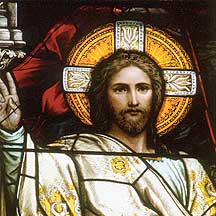
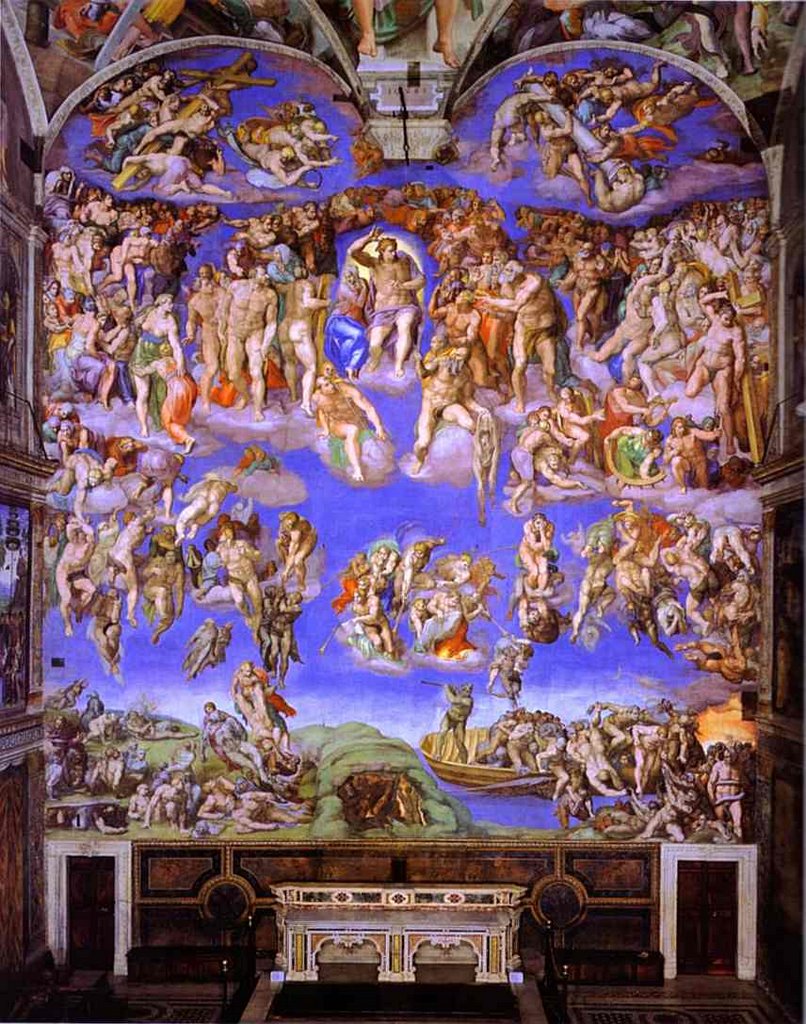


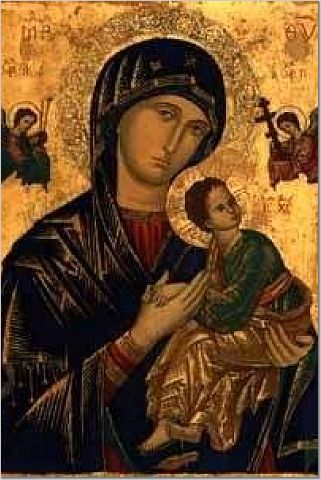



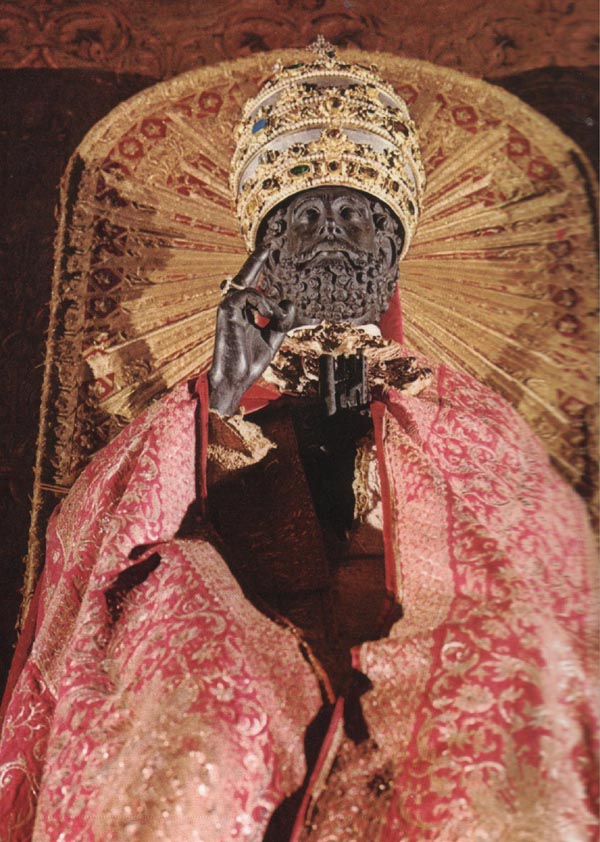
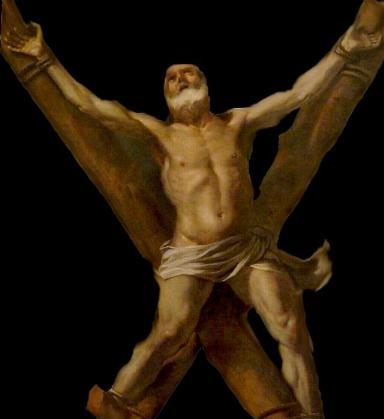

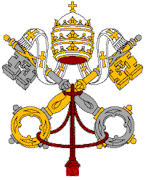


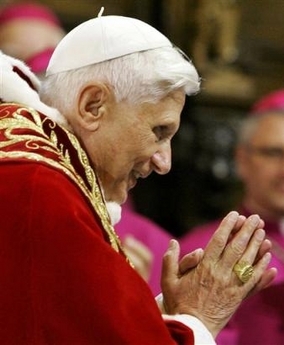






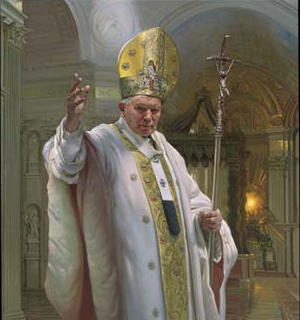
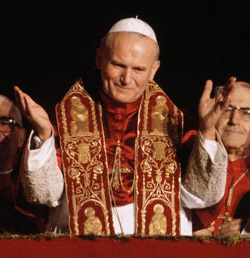
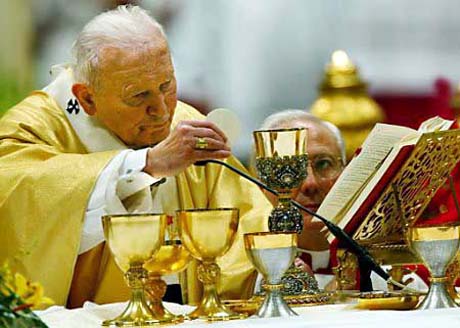
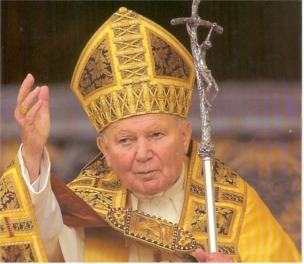






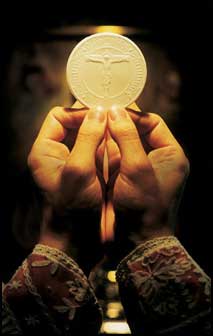
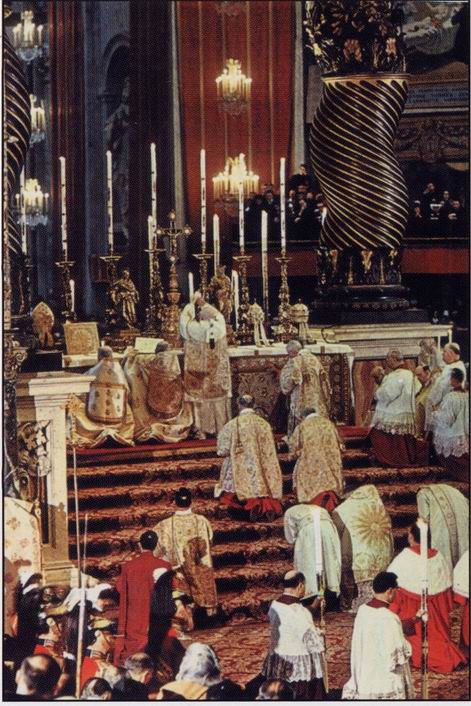



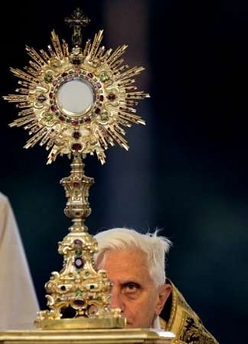


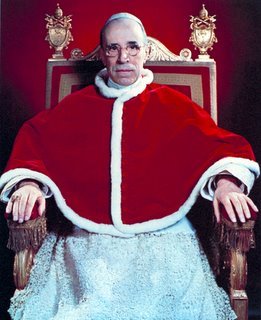




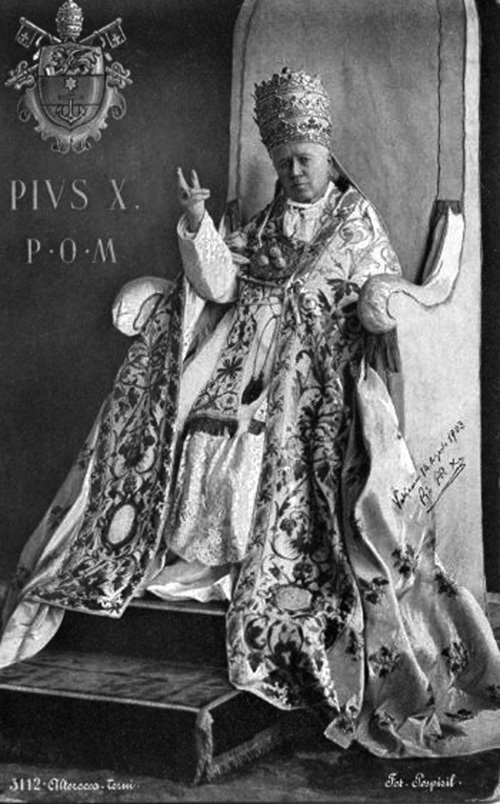









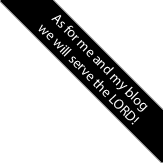
5 comments:
your blog is such a visual treat!
Haha.. thanks, Carolina!
I came to your Blog via Cristina Cannonball Blog. It is so beautiful. I would love to have a picture of St. Joseph as you have on your beautiful alter. Where did you get it from. I think good pictures of St. Joseph are so hard to come by these days. Your Blog has uplifted my spirits.
You can find Lauda Sion in english with modern notation in the Episcopal Hymnal 1982, number 320.
Works very well for choir and/or schola.
Hi Andrew. Your altars are beautiful. I just recently set up an altar in my home, though I don't have the money to buy any good statues. The one's I have, and some religious prints, I have picked up in thrift and vintage stores. I love the Blessed Mother, she is a favorite, and the statue in your bedroom altar is so lovely.
Thanks for posting these wonderful pictures!
Post a Comment